Accordingly, the Israeli army will take a more targeted approach in the north and continue to pursue Hamas leaders in the south, while continuing airstrikes and seeking to free the remaining hostages held by Hamas.
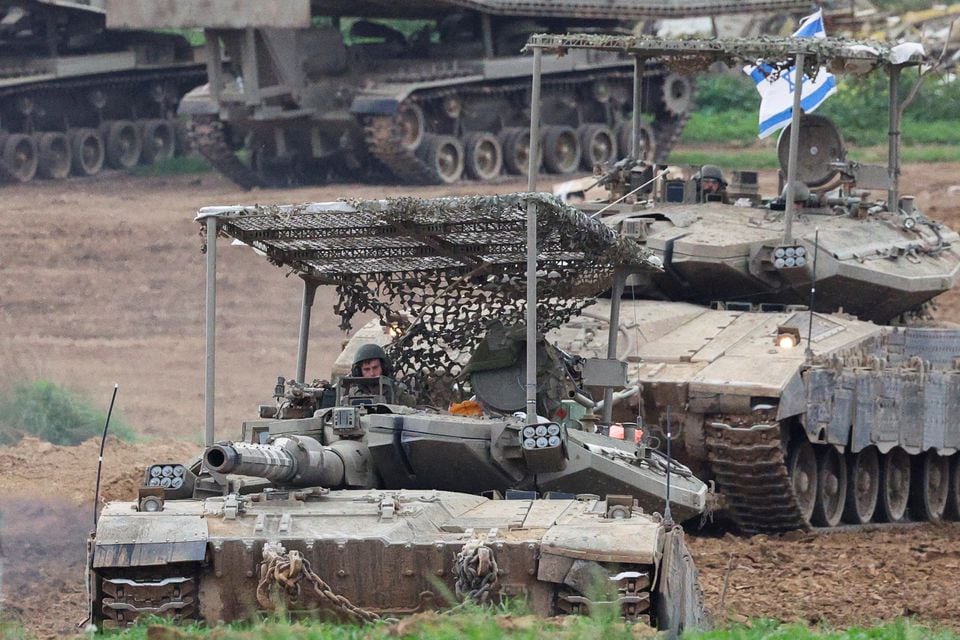
Israeli army tanks near the Israel-Gaza border, amid ongoing conflict between Israel and the Palestinian Islamist group Hamas. Photo: Reuters
Under economic challenges and international pressure to shift to less intense combat operations, Israel has withdrawn its forces in Gaza to allow thousands of reservists to return to duty.
Defense Minister Yoav Gallant said operations in the north would include raids, tunnel destruction, air and ground attacks, and special forces operations.
Meanwhile in southern Gaza, where most of Gaza's 2.3 million people now live in tents and other temporary shelters, the Israeli military is focusing on eliminating Hamas leaders and rescuing the remaining 132 Israeli hostages out of 240 kidnapped on October 7.
Mr Gallant added that after the conflict, Hamas would no longer control Gaza, which would be run by Palestinian authorities as long as there was no threat to Israel.
Meanwhile, the US State Department said that in order to help prevent the conflict from spreading, US Secretary of State Antony Blinken will travel to the Middle East on January 4 for a week-long diplomatic mission.
The Israel-Hamas conflict is approaching the three-month mark amid international concerns that the conflict is spreading beyond Gaza, involving the Israeli-occupied West Bank, Hezbollah forces on the Lebanon-Israel border and shipping lanes on the Red Sea.
Concerns were heightened after a January 2 drone strike killed Hamas deputy leader Saleh al-Arouri in the Lebanese capital Beirut.
The Israeli-Hamas conflict has devastated the Gaza Strip, with the Gaza health ministry saying the total number of Palestinian deaths had reached 22,438 on Thursday, nearly 1 percent of the enclave's 2.3 million population.
Ngoc Anh (according to Reuters)
Source


![[Photo] Explore the US Navy's USS Robert Smalls warship](/_next/image?url=https%3A%2F%2Fvphoto.vietnam.vn%2Fthumb%2F1200x675%2Fvietnam%2Fresource%2FIMAGE%2F2025%2F12%2F10%2F1765341533272_11212121-8303-jpg.webp&w=3840&q=75)





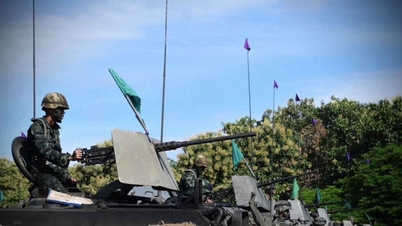
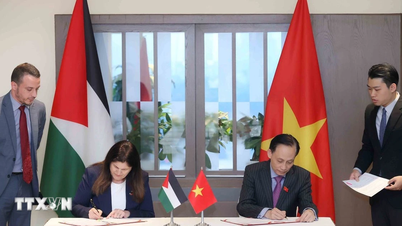

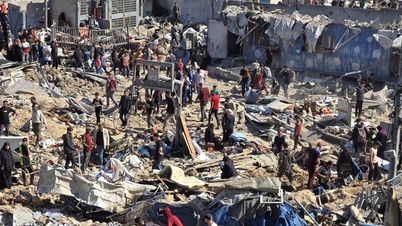

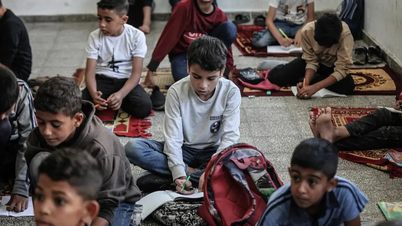





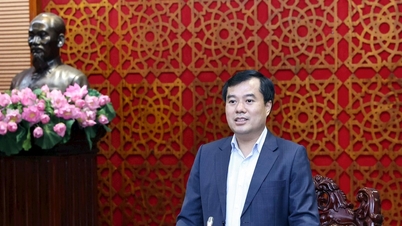











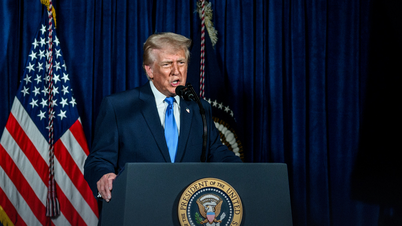










![[Video] The craft of making Dong Ho folk paintings has been inscribed by UNESCO on the List of Crafts in Need of Urgent Safeguarding.](https://vphoto.vietnam.vn/thumb/402x226/vietnam/resource/IMAGE/2025/12/10/1765350246533_tranh-dong-ho-734-jpg.webp)





























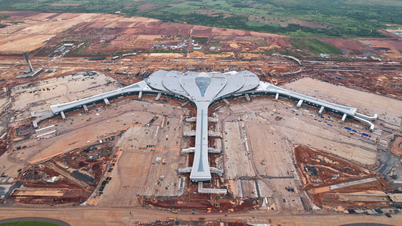





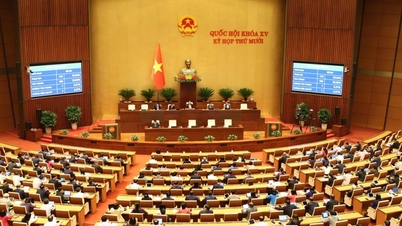




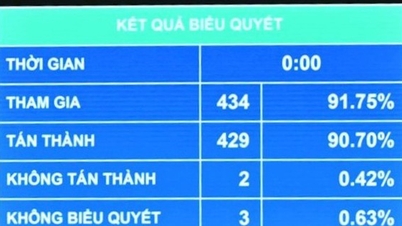



























Comment (0)